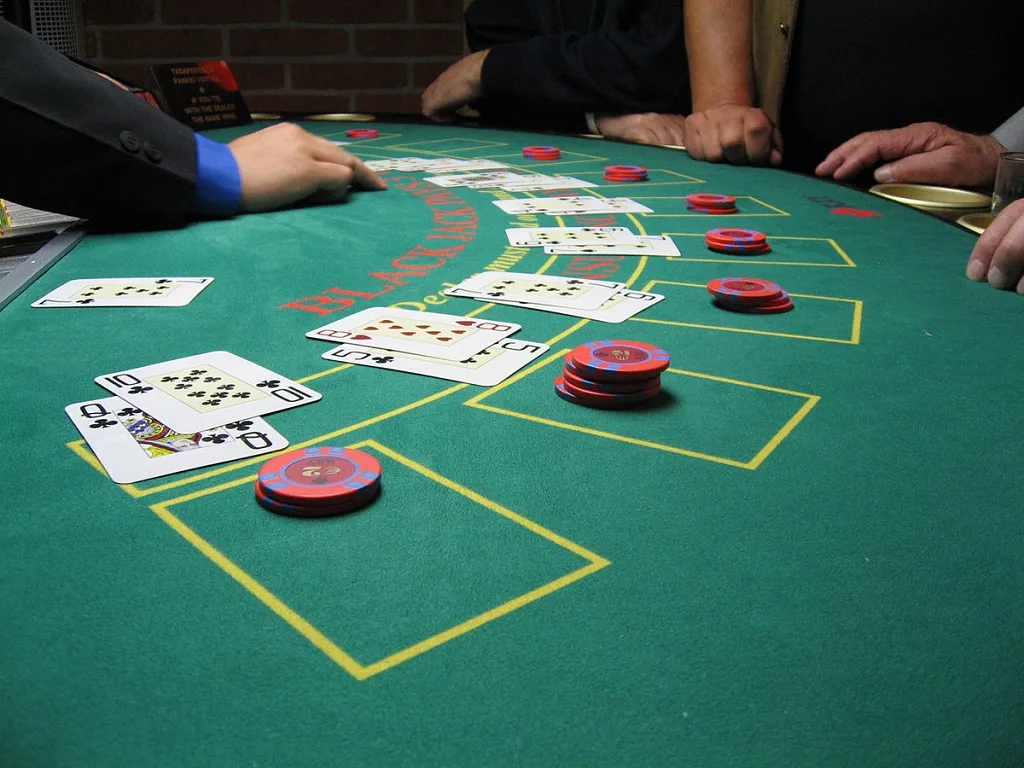
Card Counting in Poker: Unlocking Strategic Success
Card counting in poker, a skill that can tilt the odds in your favor, remains one of the most intriguing and misunderstood strategies in the competitive world of poker. This article demystifies card counting, explores its mechanics, its effectiveness, and offers insights for those looking to incorporate it into their gaming strategy.
Unveiling Card Counting: Mechanics and Methodology
Card counting is a strategy used by some poker players to track the distribution of cards in a deck over the course of a game. Unlike blackjack, where card counting is more widely recognized and understood, in poker, this strategy involves a more nuanced approach to understanding what cards are likely to be dealt next based on the cards already seen.
The essence of card counting in poker revolves around the concept of ‘outs’, or the number of cards that can improve a hand. By keeping track of these cards, a player can make more informed decisions, manage their bets more effectively, and anticipate opponents’ hands with greater accuracy.
The Strategic Advantage: How Card Counting Can Lead to Victory
The primary advantage of card counting in poker is gaining a deeper understanding of the odds and improving your ability to predict the outcome of future hands. This knowledge can significantly influence betting strategies, allowing players to make more calculated risks and when to fold or press their advantage.
Moreover, card counting can provide insight into an opponent’s potential hand, offering strategic advantages in bluffing and counter-bluffing scenarios. By assessing the likelihood of an opponent holding a winning hand, players can adjust their tactics to maximize their chances of victory.
Evaluating Effectiveness: The Reality of Card Counting in Poker
While card counting can offer strategic insights, its effectiveness varies widely among players and situations. Success depends on a player’s ability to quickly and accurately keep track of cards, a skill that requires practice and concentration.
In high-stakes games or tournaments, where the level of play is significantly higher, the advantages of card counting can become more pronounced. However, against less experienced players or in games with multiple decks, the impact may be diminished.
Beginner’s Guide: Implementing Card Counting into Your Strategy
For those new to card counting, starting with the basics is crucial. Begin by practicing with a single deck, gradually tracking the cards played and developing the ability to calculate odds on the fly. Focus on mastering the ability to predict the likelihood of specific cards being dealt next.
It’s also essential to maintain a poker face; successful card counting requires discretion. If opponents suspect you’re using this strategy, they may adjust their play to counteract your advantage, making it crucial to blend card counting seamlessly into your overall strategy.

Assessing Effectiveness: When Does Card Counting Truly Pay Off?
The true effectiveness of card counting in poker is a subject of debate. While it can undoubtedly offer an edge in certain situations, it’s not a guaranteed pathway to success. The variable nature of poker, with its reliance on bluffing, psychological tactics, and luck, means that card counting is just one of many strategies available to players.
However, in the hands of a skilled player, card counting can be a powerful tool, especially when combined with other strategies like pot odds calculation, reading opponents, and strategic betting.
Concluding Thoughts: The Feasibility of Card Counting in Poker
In conclusion, while card counting in poker may not be the silver bullet to guaranteed success, it represents a valuable skill for those looking to enhance their strategic approach to the game. Like any strategy, its effectiveness is contingent on the skill of the player, the game’s context, and the ability to integrate it seamlessly into a broader set of tactics.
As the poker landscape continues to evolve, so too will the strategies employed by players. Card counting, with its blend of analytical and psychological elements, remains a fascinating aspect of poker strategy, offering a window into the game’s complex and endlessly variable nature.



